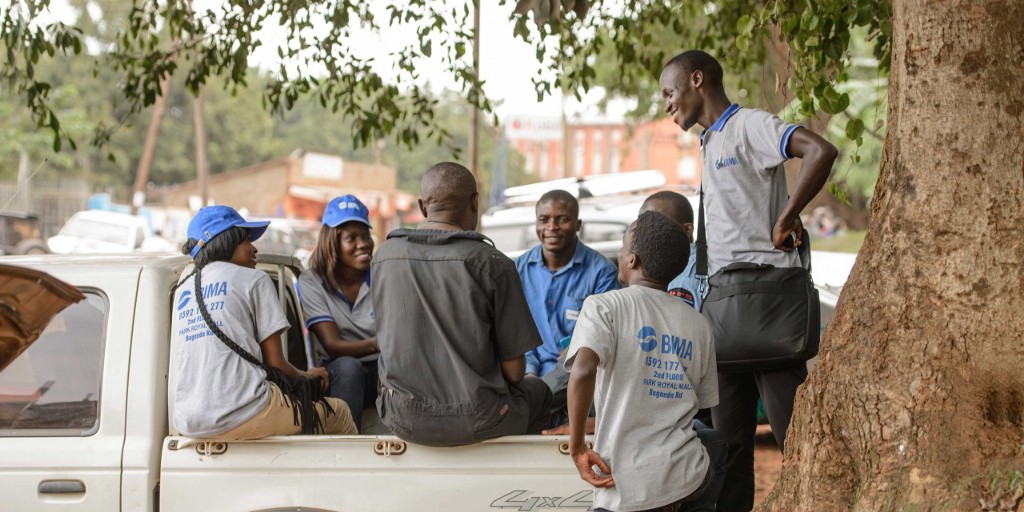Can businesses profitably serve the poorest of the poor? A new study, “Reaching Deep in Low-income Markets,” suggests yes.
The study dug into the experience of 20 enterprises delivering basic services such as power, sanitation, health care, housing and education to customers at the bottom of the economic pyramid (those living on less than $2.50 a day). Globally roughly 2.7 billion people, or 35% of the world’s population, live at or below that threshold.
Researchers at Deloitte (backed by the Omidyar Network and the Rockefeller and MacArthur foundations) found that most of the companies were able to viably reach the BOP and that “some are able to reach surprisingly deep.”
How? Successful companies used “asset light” business-model strategies with low up-front capital costs and low marginal costs (think mobile apps). They focused on products, such as food and water, with a ready demand. And they served customers across a broad range of incomes. Selling simultaneously to low-income markets, as well as low-middle and middle-income markets, the authors write, “may be critical to financial viability and growth.”

About half of the 18 million customers of BIMA, the Leapfrog-backed mobile microinsurance firm, for example, live on $2.50 a day or less. About 70% of pay-as-you go solar firm M-KOPA’s 500,000 customers live on less than $2 a day.
The caveat: Most of the companies in the study received some sort of subsidy, at least in the early stages. Subsidized capital was then replaced by more market-rate funding, say the authors, “suggesting subsidy does not preclude businesses from eventually becoming self-sustaining.”











